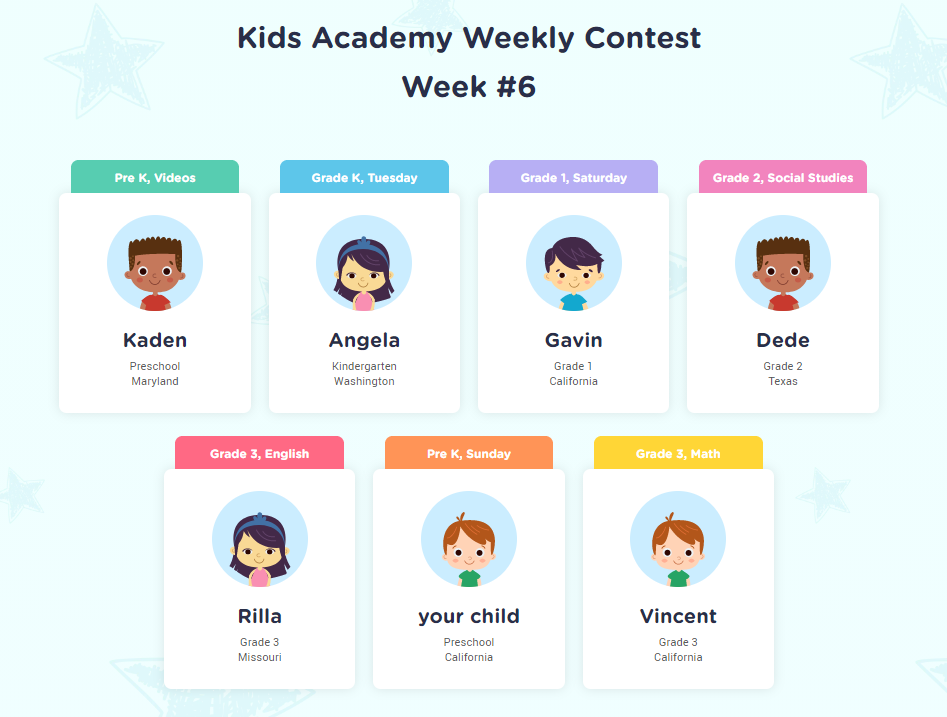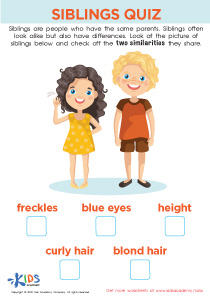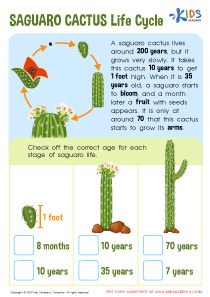Animal Classification Normal Science Worksheets for Ages 5-8
7 filtered results
-
From - To
Introduce your young learners, ages 5-8, to the fascinating world of Animal Classification with our engaging and educational worksheets! These printable resources from Kids Academy help budding scientists learn to group animals by characteristics, navigate animal habitats, and understand basic biological concepts. Each worksheet is thoughtfully designed to enhance critical thinking and build foundational science skills while keeping learning fun and interactive. From sorting mammals, birds, and reptiles to exploring different ecosystems, our worksheets are perfect for early learners eager to discover the wonders of the animal kingdom. Download now and make science a delight for your child!
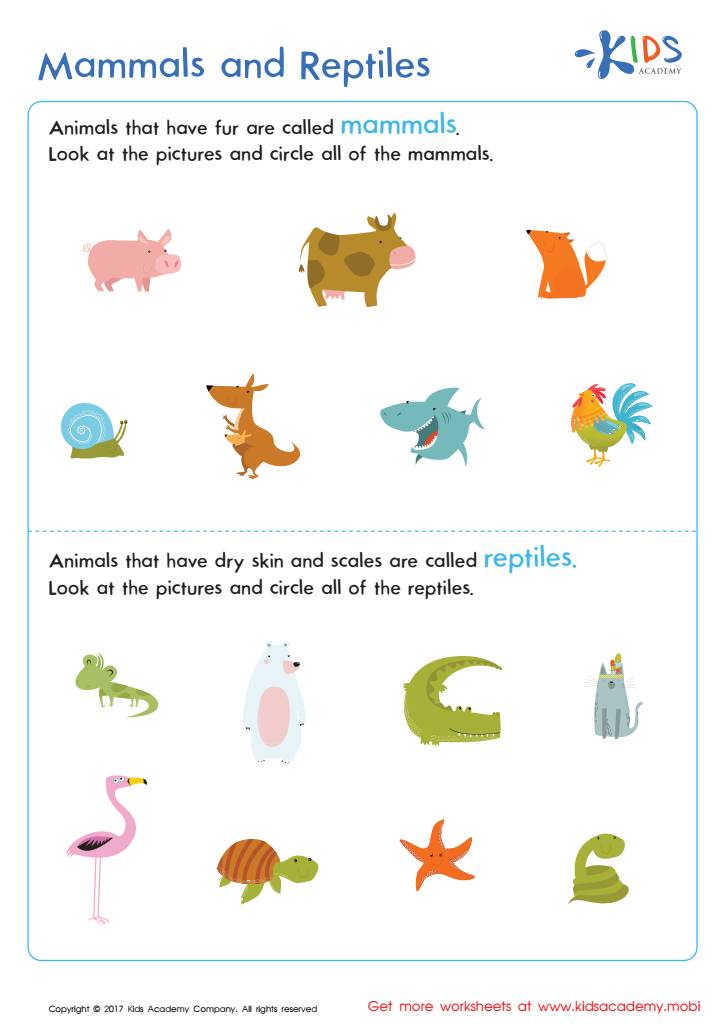

Mammals and Reptiles Worksheet
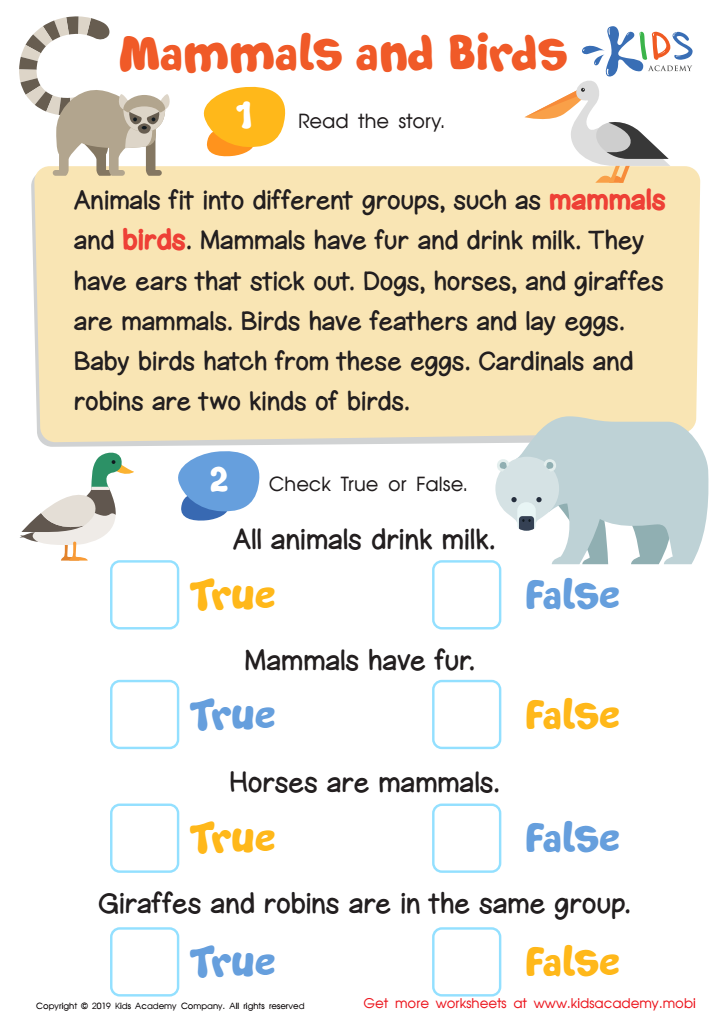

Mammals and Birds Worksheet
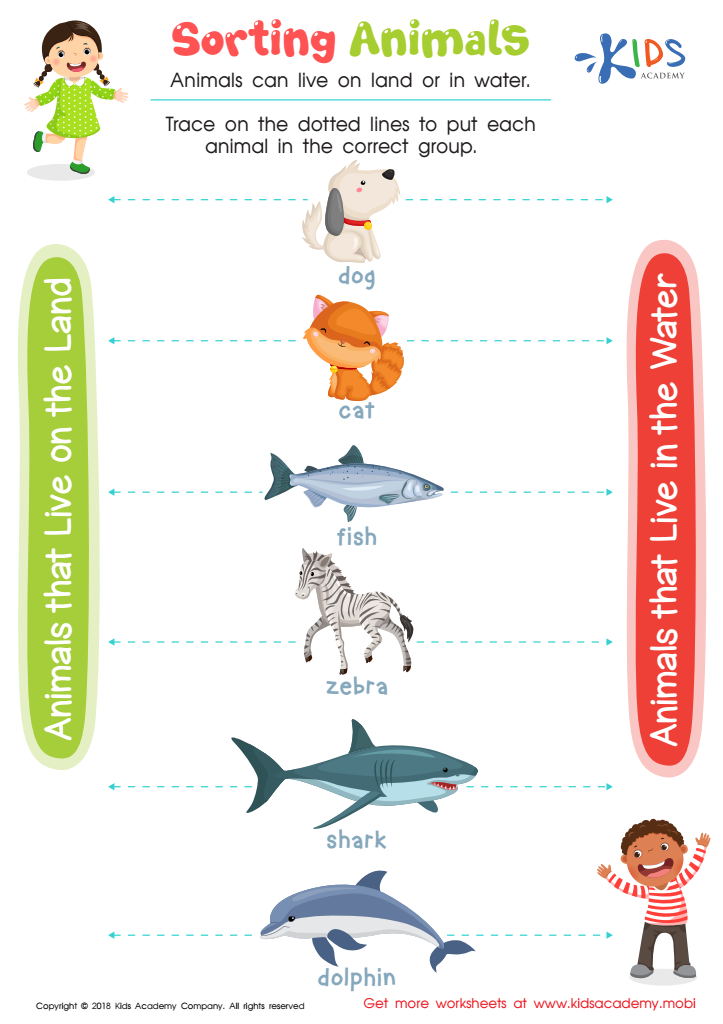

Sorting Animals Worksheet
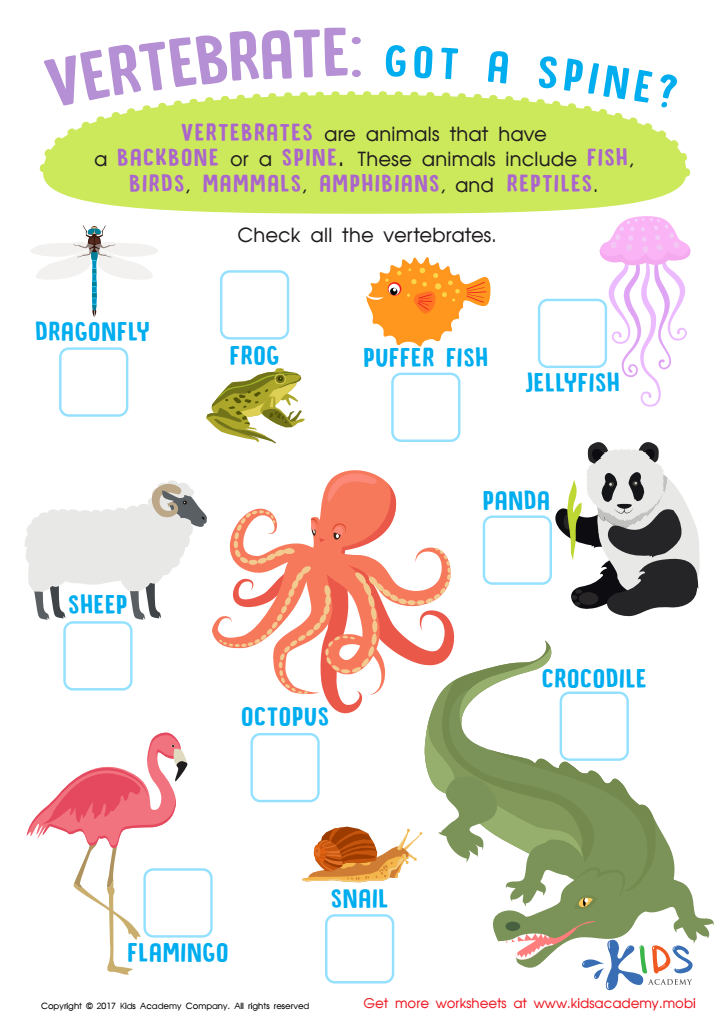

Vertebrates Animals Worksheet for 3rd Grade


Fur or Feathers? Worksheet
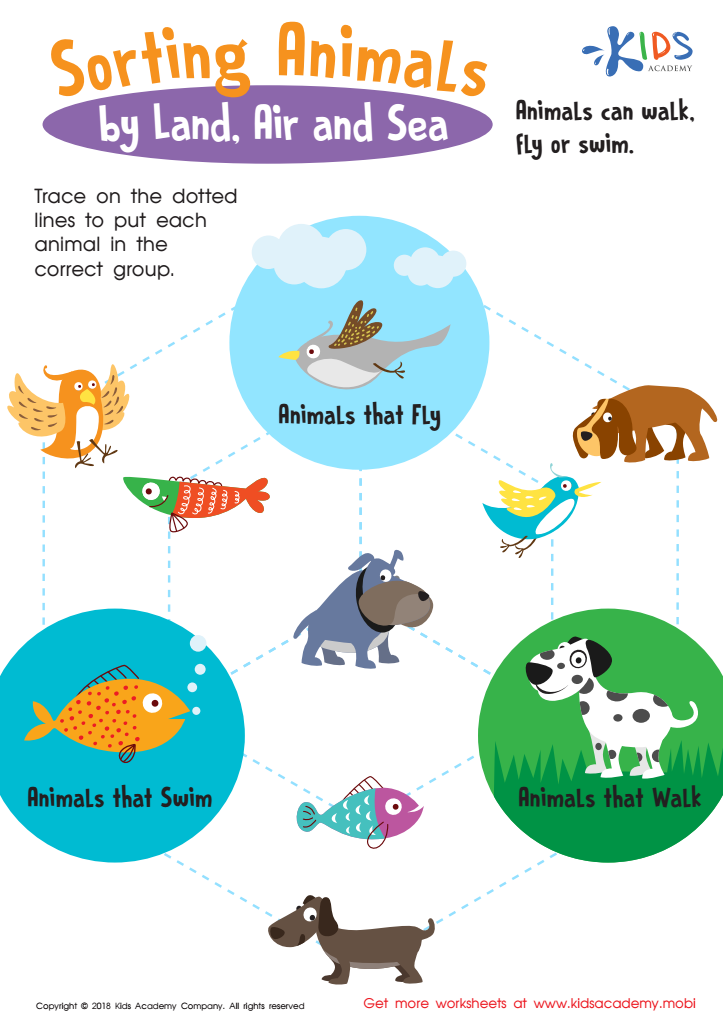

Sorting Animals by Land, Air and Sea Worksheet
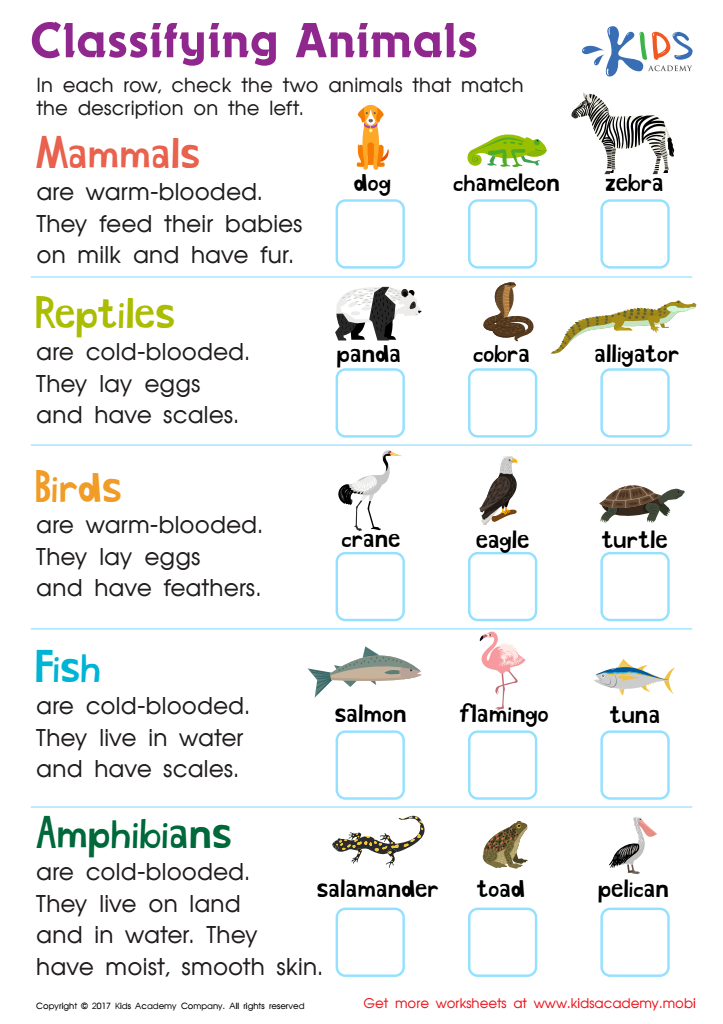

Classifying Animals Worksheet
Parents and teachers should care about introducing animal classification, a fundamental concept in science, to children ages 5-8 because it fosters a foundation for critical thinking, observation, and curiosity about the natural world. At this age, children are naturally inquisitive, and learning about different species and their characteristics helps satisfy and nurture this curiosity. By grouping animals based on common features, children begin to understand the basics of organization, comparison, and categorization, which are essential cognitive skills.
Introducing animal classification also enhances vocabulary and language development. Words like "mammals," "reptiles," and "amphibians" expand children's linguistic abilities and help them to appreciate the diversity of life forms. Moreover, understanding that animals share certain traits yet have unique attributes fosters respect and empathy for living creatures, encouraging a sense of responsibility toward nature and conservation.
In addition, lessons on animal classification are engaging and hands-on, often involving interactive activities such as sorting games, field trips, or multimedia resources, which can make learning fun and memorable. Early exposure to this scientific concept not only promotes a lifelong interest in science but also contributes to a well-rounded education that mixes observation, experimentation, and theoretical learning. Overall, caring about this topic equips young children with essential skills and knowledge that benefit their overall development and future academic pursuits.
 Assign to My Students
Assign to My Students







